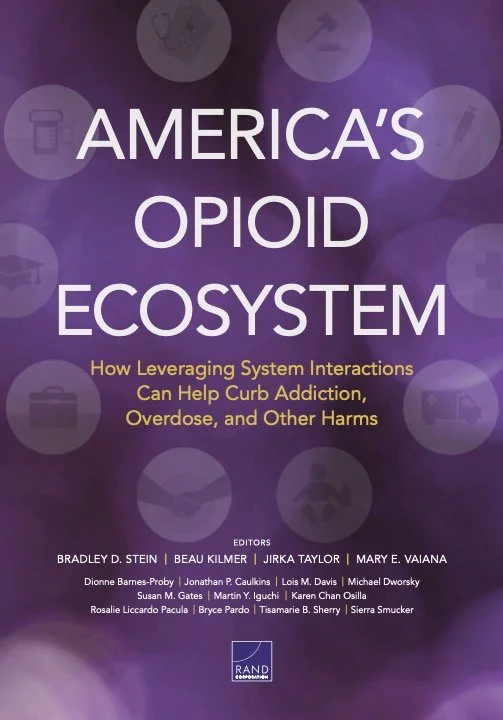By Steven Dudley, Victoria Dittmar, Sara García, Jaime López-Aranda, Annie Pforzheimer, and Ben Westhoff
Precursors are transported to Mexico via cargo ships or air cargo, traveling direct or via circuitous routes. Cargo is often mislabeled, camouflaging the contents, purpose, or amount of their shipment. In Mexico, brokers and independent buyers facilitate this trade, filing paperwork, creating fictitious companies, or bribing officials. The chemicals then make their way to small producers. Often referred to as “cooks,” these producers synthesize the precursors into illicit synthetic drugs that are then sold to large buyers and transport specialists. Two large criminal networks buy and move synthetic drugs in bulk: the Sinaloa Cartel and Jalisco Cartel New Generation (Cartel de Jalisco Nueva Generación - CJNG). These networks are responsible for bringing this product across the most difficult part of its journey and thus charge a premium for their services. After they sell the drugs wholesale, they are largely absent, leaving the distribution and retail sales to other local criminal networks.
The precursor industry -- and the synthetic drug industry writ large -- is so challenging to disrupt precisely because it works across legal and illegal spheres, involves many layers and different criminal networks, and has many means to obtain its final objective: the sale of synthetic drugs to an increasing number of consumers. Those consumers are not just in the United States where synthetic drugs -- in particular fentanyl -- are responsible for tens of thousands of drug overdoses per year. Places like Mexico are experiencing a dramatic uptick in synthetic drug consumption, mostly methamphetamine but also fentanyl. The synthetic drug industry is also having ill effects on the environment in Mexico and is behind a surge in violence in the corridors where it is trafficked and sold on the local markets.
The problem requires governments to rethink their traditional strategies for fighting illicit drugs. In addition to developing regional and global coalitions to monitor and regulate the chemicals, governments must enlist private industry to play a much more active role in mitigating the trade and limiting the spread of these destructive substances.
Washington DC: InSight Crime, 2023. 147p.





















